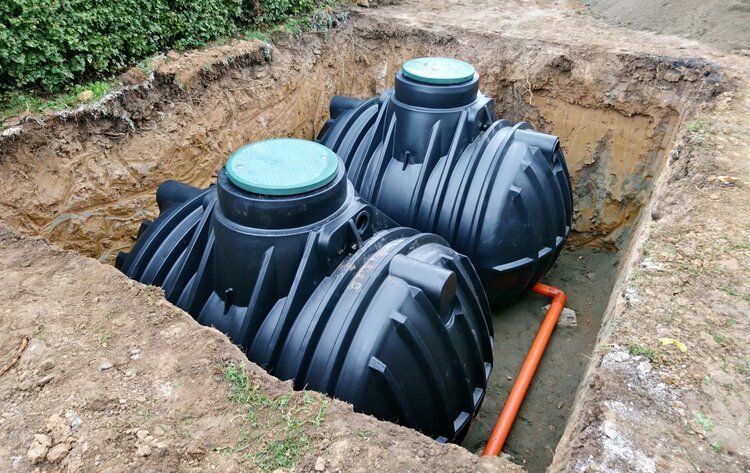It's essential to have a clear understanding of the process and what to expect when you're considering having a new septic tank installed in Hawthorne, NY. Proper installation is crucial for its long-term functionality. In this blog post, we will guide you through the key aspects of having a new septic tank installed, providing you with the knowledge you need to make informed decisions.
1. Site Assessment and Permitting
Before the installation process begins, a specialist will assess your property to determine the optimal location for the new septic tank. This assessment takes into account factors such as soil quality and groundwater levels. Obtaining the necessary permits is also a crucial step in ensuring that the installation complies with local codes and regulations.
2. Excavation and Site Preparation
Once the site assessment is complete, the excavation process begins. A qualified excavation specialist will carefully dig the required hole for the septic tank. The size and depth of the hole will depend on the specific tank you've chosen and the needs of your household. Proper site preparation is essential to ensure the tank is level and securely in place.
3. Septic Tank Installation
The installation of the new septic tank is a critical phase of the process. The tank must be positioned carefully within the excavated hole, and all connections to the home's plumbing system must be accurately made. A skilled technician will ensure that the tank is level, stable, and ready to receive wastewater from your home.
Related: See How Bedford, NY Excavation Contractors Ensure Long-Lasting Septic Tank Repairs
4. Drainfield Installation
In addition to the septic tank, the drainfield (also known as the leach field) is a vital component of your septic system. The drainfield disperses treated wastewater into the soil, allowing natural processes to further purify it. Proper spacing and design of the drainfield are essential to ensure efficient wastewater treatment.
5. Plumbing Connections
Connecting the new septic tank to your home's plumbing system is a meticulous task. All pipes and connections must be watertight and properly sealed to prevent leaks. A specialist will ensure that wastewater flows smoothly from your home to the septic tank, and from there to the drainfield.
6. Backfilling and Compaction
After the septic tank and drainfield are in place, the excavation site is carefully backfilled and compacted. Proper compaction prevents settling and ensures the stability of the entire septic system. Your specialist will take care to restore the area to its original condition as much as possible.
7. Testing and Inspection
Before the new septic system is implemented, it undergoes rigorous testing and inspection. This step ensures the tank, drainfield, and plumbing connections function correctly. Any necessary adjustments or corrections are made at this stage to ensure optimal performance.
8. Ongoing Maintenance
Once your new septic tank is installed and operational, it's essential to understand the importance of ongoing maintenance. Regular pumping and inspections are necessary to prevent issues and extend the lifespan of your septic system. A knowledgeable specialist can provide guidance on maintenance schedules and best practices.
9. Environmental Responsibility
Having a new septic tank installed comes with a responsibility to protect the environment. Properly functioning septic systems treat wastewater before it reenters the groundwater. This reduces the risk of contamination and helps safeguard local ecosystems and water sources. Hiring a reputable professional to complete this job will ensure your septic system is responsibly installed.


